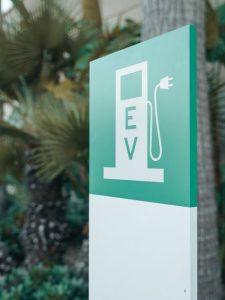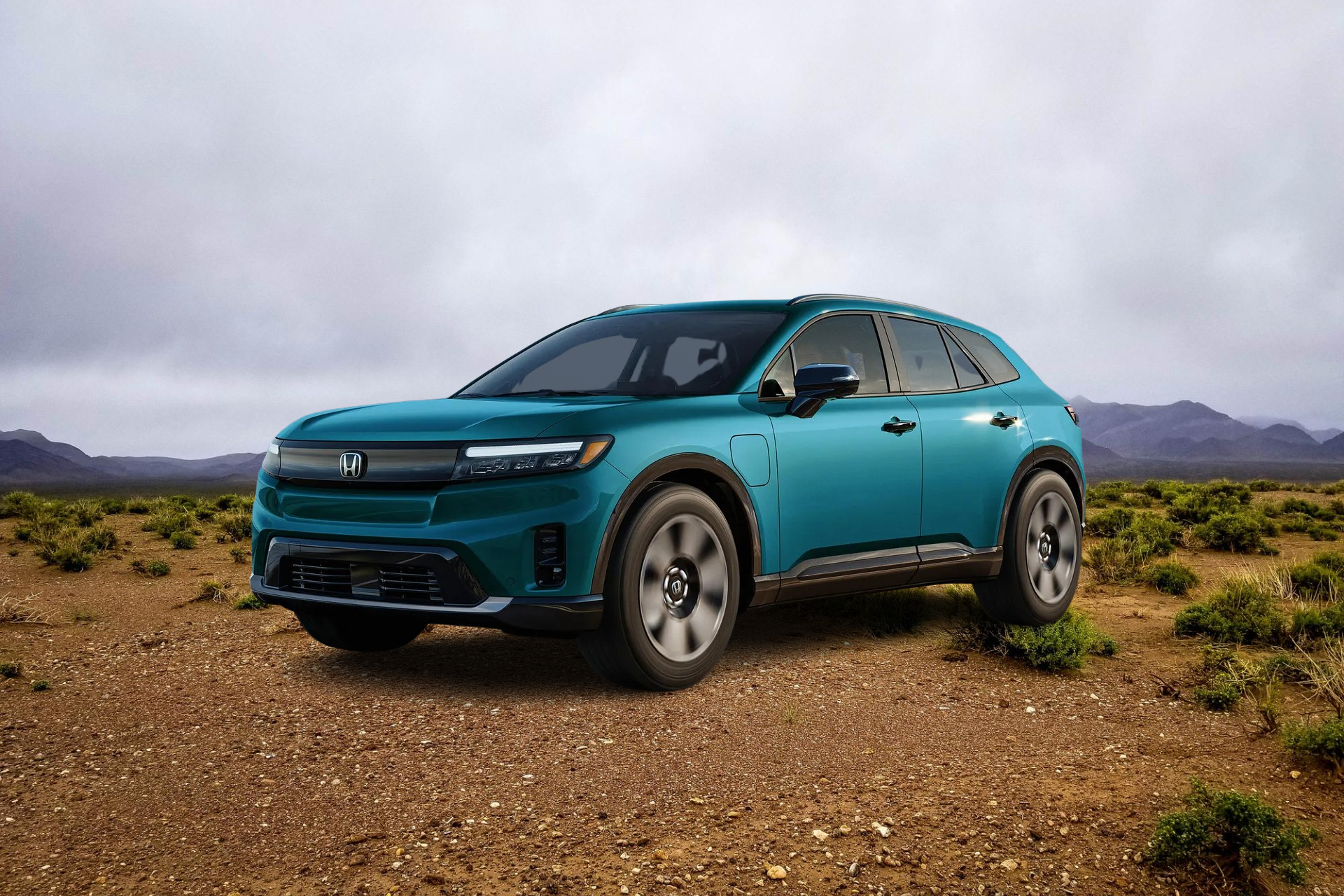In addition, the charging time is currently more than 12-20 hours with a conventional charger. Not everyone has access to a DC charger that can charge an electric car in about 90 minutes.
Also, at the moment there are no charging stations on the highway, so it will be practically difficult to operate electric vehicles over long distances, as this will cause inconvenience. This is closely related to the lack of charging infrastructure in the country, and while regular cars can be refueled at service stations, such a regulated infrastructure is not yet available for electric vehicles. Rudrathay Singh, President, and CEO of BMW Group India, also said earlier that the infrastructure for electric vehicles is still mixed and uncertain, which will affect the car’s price and acceptability among Indian consumers.
The lack of proper charging infrastructure is having a major impact on meeting the significant demand for electric vehicles in India and has blunted profit-making strategies for foreign companies looking to expand their operations in the country. In addition to the problem of infrastructure inefficiency, a serious problem for foreign investors is the lack of qualified personnel in the electric vehicle markets. Uncertain consumer behavior associated with the higher cost of electric vehicles and the challenges of inadequate charging infrastructure is also a major hurdle in the sector.
 In India, electric cars cost three times as much as gasoline-powered cars. Also, electric scooters and motorcycles are priced between Rs 70,000 to Rs 125,000 in India, while ICE bikes range from Rs 30,000 to Rs 40,000 and scooters are even lower. Higher car costs The next major issue is the high price of electric vehicles, which has caused the Indian public to think twice before buying.
In India, electric cars cost three times as much as gasoline-powered cars. Also, electric scooters and motorcycles are priced between Rs 70,000 to Rs 125,000 in India, while ICE bikes range from Rs 30,000 to Rs 40,000 and scooters are even lower. Higher car costs The next major issue is the high price of electric vehicles, which has caused the Indian public to think twice before buying.
The high cost of batteries is the reason why the price of electric vehicles will remain high, despite the fact that government subsidies for the purchase have been offered in many countries. Electric vehicle charging stations are expensive to install – as mentioned earlier, the cost of public station components can range from $2,500 for a second-level charger to $35,800 for a DC fast charger. But, unlike other vehicles, the cost of electric vehicle services is not clear or even planned.
Therefore, a stronger push is needed for charging infrastructure and other solutions such as battery swap stations. Electric vehicle buyers are currently facing a variety of financial challenges such as limited funding options, high-interest rates, high insurance costs, and limited access to credit. With the current challenges of the electric vehicle industry, it is difficult to sustain itself in the country, but with proper planning and effort, India can overcome these challenges and realize its vision of mass adoption of electric vehicle technology across the country. While the country will greatly benefit from switching from internal combustion engines to electric motors, there are challenges such as a lack of charging infrastructure, high upfront costs, and a shortage of electricity generated from renewable energy sources.
Despite extensive research into the attributes and characteristics of electric vehicles and the nature of their charging infrastructure, electric vehicle manufacturing, and network modeling continue to evolve and be limited. The electric vehicle charging infrastructure in India is not yet fully developed. In developing countries such as India, the high initial cost is one of the problems. Technology Electric Vehicles The production and development of energy storage systems for electric vehicles have become a challenge due to the availability of raw materials.
Every energy storage system must be protected and maintained in order to function smoothly. Battery capacity is another reason to worry about range if infrastructure comes first. Buyers of electric vehicles often worry about the ability of vehicles to get to point B from point A before the battery runs out.
Supply chain issues an Insufficient number of charging stations One of India’s biggest problems is the lack of charging stations. There is currently no infrastructure construction, and only a few cities have installed corresponding charging equipment. Nilay Chandra, director of charging infrastructure at Ather Energy, said the biggest hurdle for EVs was a lack of awareness of the need for a home charging network in apartments.
In addition to multiple charging stations, lack of space is also an issue as people need space to charge electric vehicles. In addition to charging points, the lack of private parking is also seen as a barrier to EV adoption, while a lack of affordable renewable energy means EV charging is putting pressure on an already congested grid. Speaking to TNM about the incident, Wish told TNM that one of the issues facing EV owners is the lack of charging points in apartment buildings, calling it a systemic problem. Because conventional EV charging consumes more energy than most other residential uses, building managers need a mechanism to control EV charging to ensure that the driver of each vehicle pays for their electricity usage.
Efficient charging infrastructure is needed that eliminates range issues and the necessary ecosystem-building rules for the smooth operation of electric vehicles. In this case, wireless charging on the road has the advantages of being safe and easy to charge when the vehicle is stationary or moving. This basically brings us to charging points, which should be very important for electric vehicles.
This lack of vehicle compatibility is different from universal vehicle access to service stations and could be an obstacle to the widespread adoption of electric vehicles. However, many consumers are concerned about the prospect of long charging times at public stations on long journeys that exceed the range of their vehicles.
According to a study by the National Renewable Energy Laboratory (NREL) and the U.S. Department of Energy’s Idaho National Laboratory, based on initial assumptions about gas prices, electricity costs, and charging patterns, electric cars could save consumers between $4,500 and $12,000. Most EVs in India provides a range of 110 km and cost between 6 and 8 lakhs, which offers no price advantage over more expensive vehicles in the same price range.
With the introduction of electric vehicles and charging infrastructure, the demand for electricity will increase significantly, and the whole point of introducing electric vehicles to reduce greenhouse gas emissions would be ineffective if all this electricity was generated by burning coal. Another risk associated with this is that charging electric vehicles leads to increased demand for electricity, which in turn could jeopardize India’s already sprawling distribution networks. For utilities, building a charging infrastructure is an attractive prospect given the lucrative potential of the market, which is expected to be around 90 billion units (BU) of electricity. According to DataLabs Inc42, about 4 lakh charging stations need to be installed by 2026 to meet India’s 20 lakh electric vehicle charging needs.
Conclusion
Establish a support base, innovate in business models (e.g., battery leasing, infrastructure replacement, installation of fast chargers), manage the economics of (fast) charging infrastructure, ensure stable power and grid stability, fast and rapid charging, and the introduction of electric vehicles.



